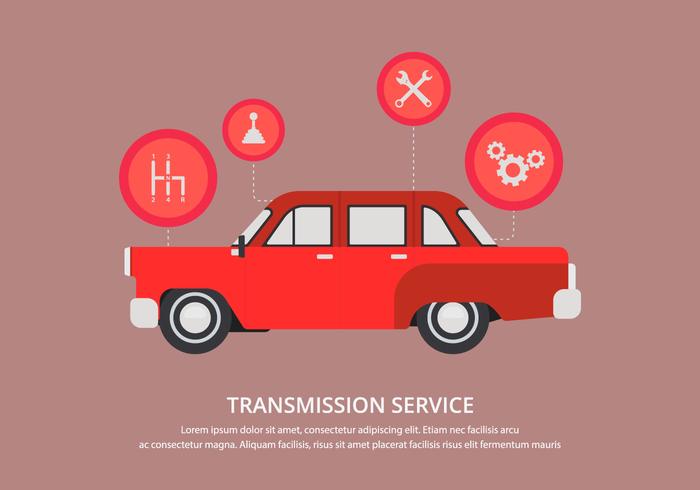Translating Your Automobile'S Alert Lights: Their Real Effects
Translating Your Automobile'S Alert Lights: Their Real Effects
Blog Article
Content Created By-Boye Gilbert
When you lag the wheel, those glowing caution lights on your dashboard can be a little bit perplexing. Do you understand what they're attempting to tell you concerning your auto's health and wellness? Understanding the relevance of these lights is important for your security and the long life of your vehicle. So, the next time one of those lights pops up, wouldn't you wish to decode its message properly and take the needed steps to address it?
Common Warning Lights and Interpretations
Determine typical caution lights in your vehicle and understand their significances to make sure risk-free driving.
One of the most common warning lights consist of the check engine light, which signifies concerns with the engine or exhausts system. If this light begins, it's crucial to have your lorry inspected without delay.
The oil stress alerting light suggests low oil stress, needing prompt focus to avoid engine damage.
A flashing battery light might recommend a defective billing system, possibly leaving you stranded otherwise resolved.
The tire pressure tracking system (TPMS) light alerts you to reduced tire pressure, influencing automobile stability and gas performance. Neglecting this could lead to unsafe driving problems.
The abdominal light shows a trouble with the anti-lock stopping system, endangering your capability to stop quickly in emergency situations.
Last but not least, the coolant temperature level cautioning light warns of engine getting too hot, which can cause serious damages if not settled promptly.
Recognizing these usual caution lights will aid you attend to issues quickly and preserve safe driving problems.
Value of Prompt Focus
Recognizing the typical warning lights in your cars and truck is just the primary step; the significance of promptly addressing these cautions can't be highlighted sufficient to ensure your safety and security when driving.
When a caution light brightens on your dashboard, it's your automobile's way of communicating a potential problem that requires attention. Disregarding these warnings can result in extra serious troubles down the road, endangering your safety and security and possibly costing you more out of commission.
https://www.autoserviceworld.com/5-tips-to-help-your-car-last-longer/ to advising lights can protect against break downs and accidents. For instance, a blinking check engine light can show a misfire that, if left neglected, might trigger damage to the catalytic converter. Addressing this without delay can conserve you from a costly repair service.
Likewise, a brake system warning light may signify reduced brake fluid or used brake pads, essential components for your safety when driving.
DIY Troubleshooting Tips
If you observe a warning light on your control panel, there are a couple of DIY fixing tips you can try before seeking professional assistance.
The primary step is to consult your cars and truck's guidebook to comprehend what the details warning light shows. Occasionally the concern can be as easy as a loose gas cap causing the check engine light. Tightening the gas cap might solve the trouble.
carwashdetailingauckland is a low battery, which can cause various advising lights. Inspecting https://brakerepair73950.blogunok.com/30524479/professional-point-of-views-key-practices-from-an-experienced-automobile-detailer for corrosion and ensuring they're secure might deal with the problem.
If a caution light lingers, you can try resetting it by separating the automobile's battery for a few minutes and after that reconnecting it. Furthermore, checking your automobile's fluid levels, such as oil, coolant, and brake fluid, can assist troubleshoot cautioning lights associated with these systems.
Conclusion
In conclusion, understanding your cars and truck's caution lights is necessary for keeping your vehicle running smoothly and safely. By immediately addressing these alerts and recognizing what they imply, you can stay clear of expensive repairs and prospective breakdowns.
Bear in mind to consult your cars and truck's handbook for specific information on each alerting light and do something about it appropriately to ensure a hassle-free driving experience.
Keep informed, stay risk-free on the road!
